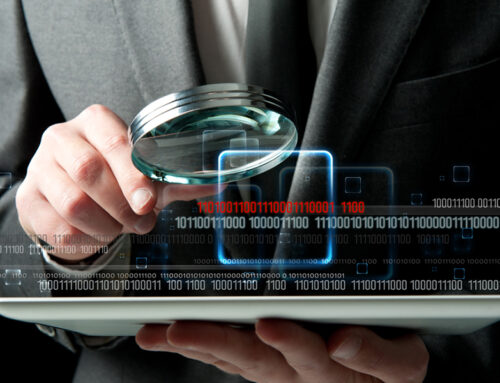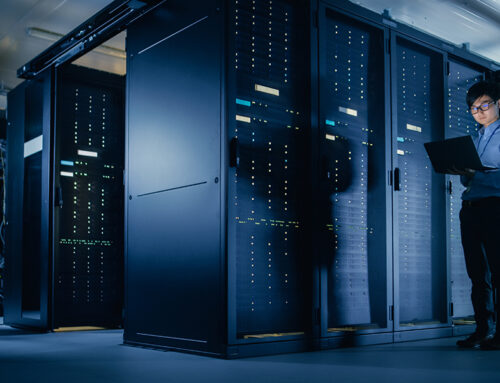Every year, cybercriminals find new ways to breach security measures and gain access to sensitive company and consumer data. To maximize defense against these attacks, it’s important to stay on top of the latest trends to keep your cybersecurity up to date. As we head into the backstretch of this year, here are the 2019 cybersecurity trends that should be on everyone’s agenda.
1. Development of Proactive Security Measures
Hackers seem to evolve to overcome the latest in security developments each year, and 2019 is no exception. Cybersecurity is mostly reactive, meaning solutions are often developed after a breach has already occurred. This leaves hackers free to work on writing advanced codes under the radar until they are prepared to use them. In many cases, once IT security personnel take action, the damage has already been done. Many IT experts are adopting a more proactive approach that anticipates vulnerabilities, allowing them to apply preventive measures.
2. Shortage of IT and Cybersecurity Personnel
The demand for IT personnel continues to grow as companies rely more on cyber-technology to function. Unfortunately, the shortage of qualified personnel seen in the last few years has continued into 2019. As companies struggle to find professionals to fill their in-house security positions, more are turning to outsourcing this critical function to companies that specialize in providing information technology security services to multiple clients.
3. Cloud Security Is Critical
More companies are choosing to spread their data to private and public cloud services, giving them increased flexibility and the ability to respond rapidly to changing markets. This makes it difficult to monitor security across all possible access points, creating a greater chance for vulnerability to cyberattacks. Continued efforts are being made to address this issue and develop security measures to meet this new wave of hybrid IT infrastructure.
4. Improved AI Used by Companies and Cybercriminals
Artificial intelligence continues to grow in sophistication, and this has become a valuable tool for many cybercriminals who must attack multiple targets at once. Fortunately, it also offers many practical applications to cybersecurity in the form of Robotic Process Automation (RPA). This reduces the number of security mistakes made through human error, creates a system that can keep up with the increasing number of attacks and enables companies to take a proactive approach to defending their data.
5. IoT Security Continues to Pose the Greatest Threat
As the Internet of Things revolution continues into 2019 and consumers depend more on assistive technology for everyday tasks, the lowered end-to-end security and lack of regulation is increasingly attracting the attention of cybercriminals. Hijacked devices can be used to carry out DDoS attacks or steal private data, while unsecured devices can be used to obtain residential locations through leaked IP addresses, which are then sold to physical criminal enterprises.
6. Legislation Forces Proactive vs Reactive Security Measures
The exploitation of loopholes in current legislation has encouraged many countries to implement new laws, or revisit old ones, in the fight against hackers. With data breaches continuing to plague many industries, consumers have increased their demand for better protection of their sensitive information. The California Consumer Privacy Act in the United States and the General Data Protection Regulation in the EU are examples of steps taken by regulatory agencies to tackle privacy issues in a more proactive way. This increases the standard for more effective security measures and encourages companies to focus on anticipating possible weak points, rather than simply fixing the issue after a breach has occurred.
About the Author: EIRE Systems
EIRE Systems is a leading independent provider of professional IT, AV and Access Security services to the financial, insurance, manufacturing, health care, retail, construction, hospitality, commercial real estate, legal, educational and multinational sectors in Japan and throughout the Asia Pacific region. EIRE Systems has expertise across a wide spectrum of Information Technologies, with a track record for successfully completing hundreds of assignments since its establishment in 1996.



